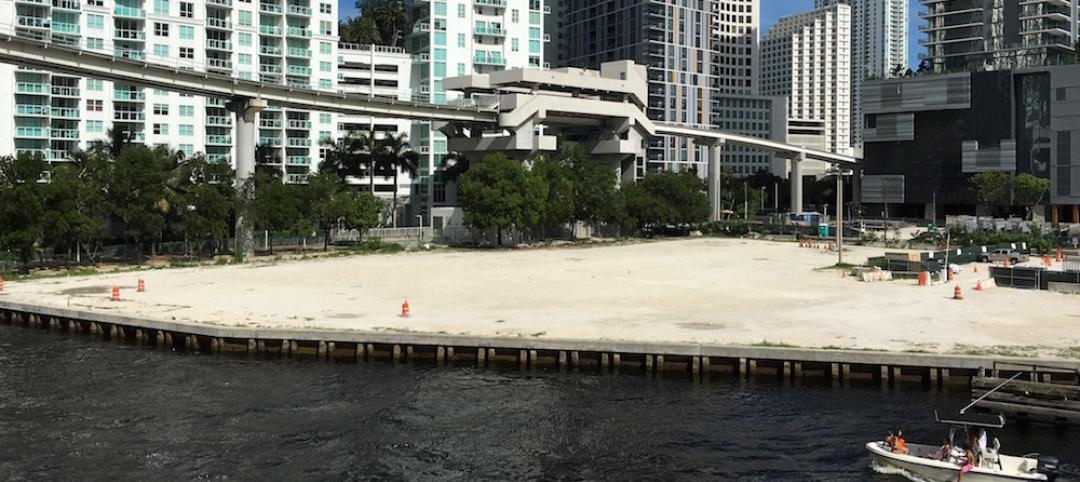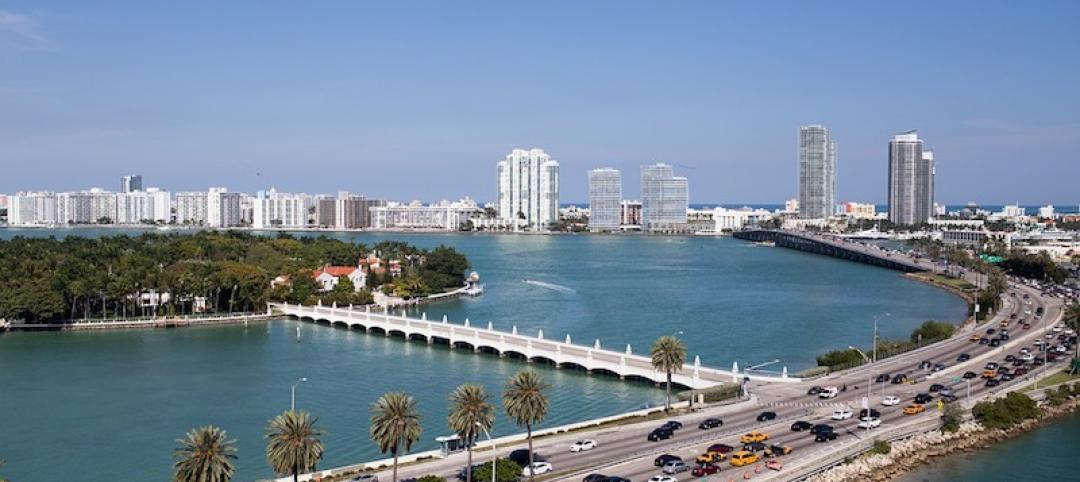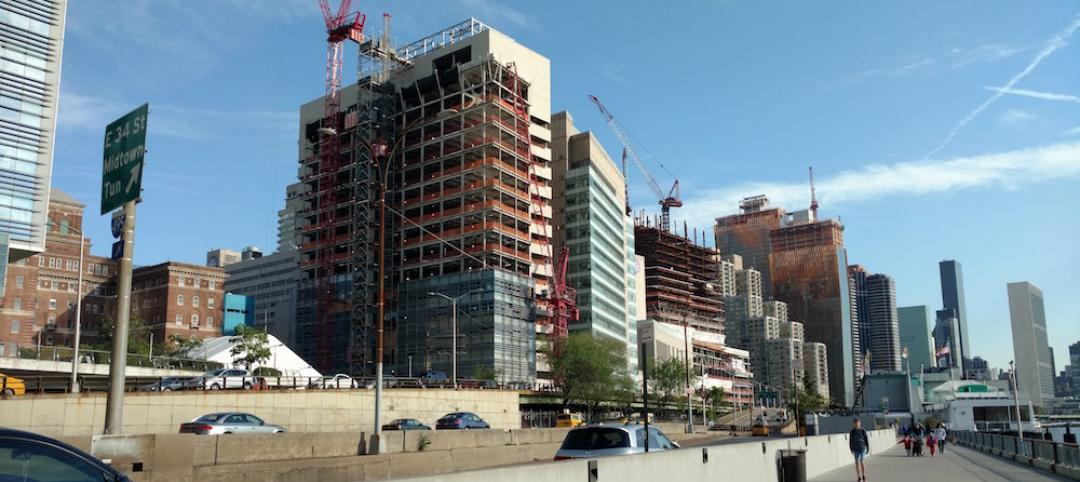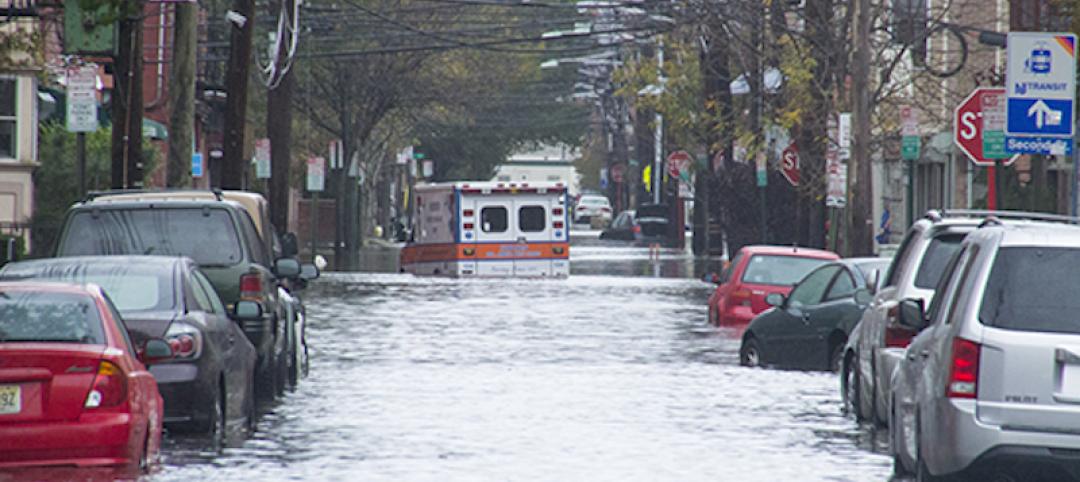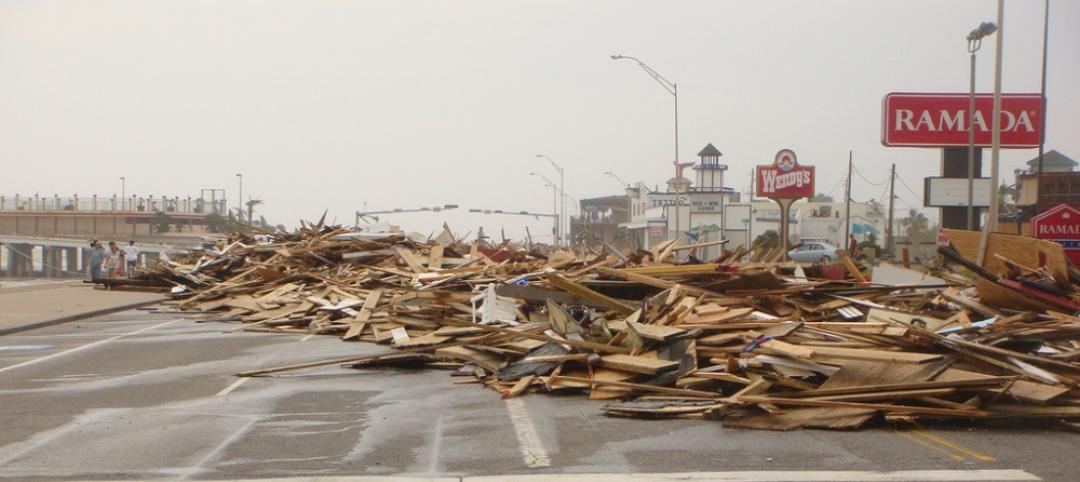C.F. Møller recently won a competition to design a new climate project near Randers, Denmark. Storkeengen, or Stork Meadow, is a new landscape project that creates cloudburst and storm flood protection, strengthens urban nature, and brings the town of Vorup, a suburb of Randers, even closer to the Gudenå River.
The project’s main goal is to resolve the city’s current and future climate challenges by converting Stork Meadow into a public nature park that brings the natural delta along the Gudenå River closer to the center of Randers and its residents. The project’s technical climate protection solutions are based on strengthening the nature value and functionality of the wetland meadow. New cloudburst routes through Vorup lead rainwater from roofs, parking lots, and roads to Stork Meadow.
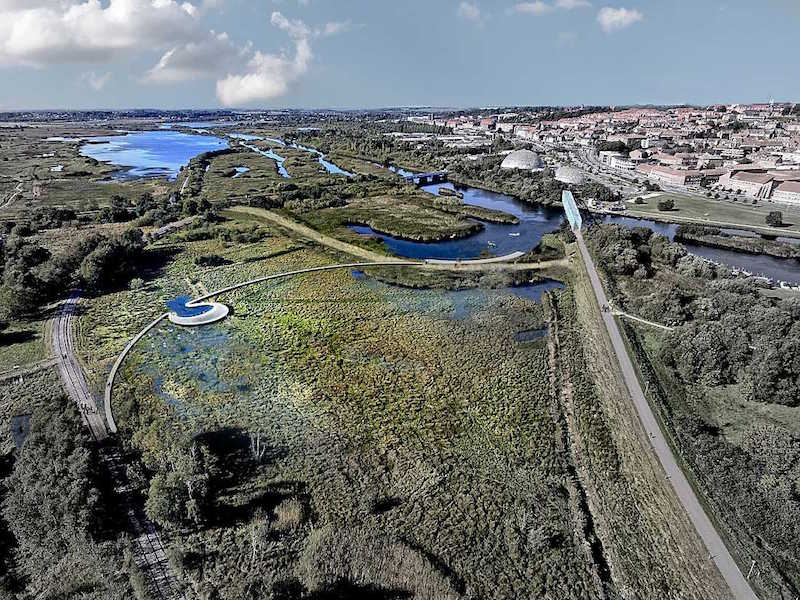 Rendering courtesy of C.F. Møller.
Rendering courtesy of C.F. Møller.
The water is then filtered in purification basins designed as natural wetland meadow areas before being deposited into the Gudenå River. A new dyke between Stork Meadow and the Gudenå will ensure good purification and also protect the low-lying parts of Vorup from flooding. Additionally, the dyke will create new pathways between the center of Randers and the nature areas to the west.
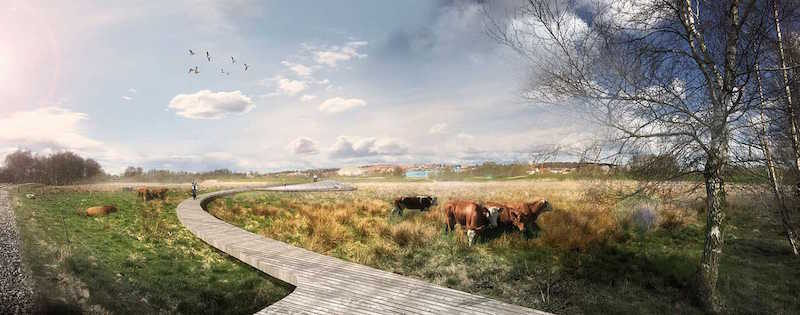 Rendering courtesy of C.F. Møller.
Rendering courtesy of C.F. Møller.
In an effort to enhance the nature experience, activity plateaus will be created to allow people to experience the wet meadow’s habitat up close. These plateaus make it possible to get close to the area’s grazing cattle, enjoy the sunset, or navigate the Gudenå by canoe. Signage with nature information will also be included throughout the project site.
The project will begin construction in fall 2018 and is slated for completion by 2021. C.F. Møller is working with Randers Vandmiljø, Randers Municipality, and Orbicon on the project.
 Rendering courtesy of C.F. Møller.
Rendering courtesy of C.F. Møller.
Related Stories
Resiliency | Jul 27, 2016
New York’s resilience plans not taking long-term view, critics charge
Continued waterfront development may be regretted later this century.
Resiliency | Jul 18, 2016
Impact fees on development proposed to fund Miami’s rising sea level resiliency plans
$400 million flood plan includes new valves, pumps, and raised roadways.
Resiliency | Jun 1, 2016
Federal agencies boost standards for more resilient construction
HUD, FEMA, GSA, Army Corps of Engineers make policy changes.
Green | May 31, 2016
Miami Beach requires developers to meet green standards or pay a fee
Applies to structures larger than 7,000 sf.
Resiliency | May 12, 2016
Resilience Building Coalition releases progress report
The coalition released a set of guiding principles to help the building industry adopt resilient design and policies. Since the initial signing, the coalition has added 19 new signatories.
Architects | May 11, 2016
AIA to create a resilience curriculum for architects
The program will teach resilient design and decision-making on hazard mitigation, climate adaptation and community resilience.
Legislation | May 11, 2016
Two bills seek to expand flood insurance policy writing to private carriers
Thanks to new floodplain maps, this market, previously the sole province of a federal program, looks more profitable.
Resiliency | May 2, 2016
Connecticut to develop new code standards for resiliency
Expected more frequent severe weather events due to climate change prompts review.
Resiliency | Apr 6, 2016
Houston at high risk for major damage from hurricanes
After a decade of study, little has been done to improve resiliency.
Resiliency | Mar 24, 2016
HGA and Perkins+Will join National Resilience Initiative Network
The Minneapolis offices of the two firms will partner with the University of Minnesota College of Design in the Upper Midwest hub of the NRI network.



